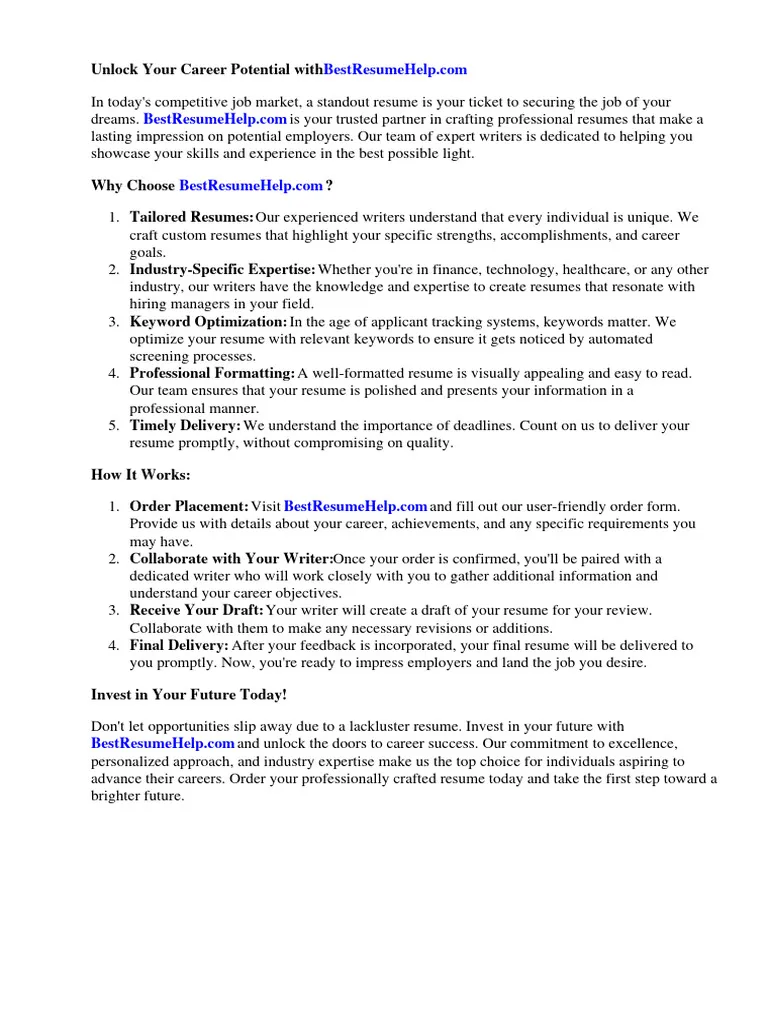Why an Out-of-State Cover Letter Matters
Applying for a job in another state presents unique challenges and opportunities. Your cover letter is your first impression and a critical tool to convince the hiring manager you’re a strong candidate. It’s more than just a formality; it’s your chance to address the elephant in the room—the fact that you’re not local. A well-crafted cover letter can alleviate concerns about relocation and highlight your enthusiasm for the role. This guide will provide you with the essential steps to create a compelling cover letter that increases your chances of landing that out-of-state job.
Understanding the Role of a Cover Letter
The primary function of a cover letter is to introduce yourself and your qualifications to a potential employer. It complements your resume by providing context and showcasing your personality. In the context of an out-of-state job application, it serves to clarify your interest, address any concerns about relocation, and demonstrate your commitment to the opportunity. The cover letter should expand on the key points in your resume, offering detailed examples and stories that illustrate your skills and experiences.
Highlighting Your Suitability for the Role
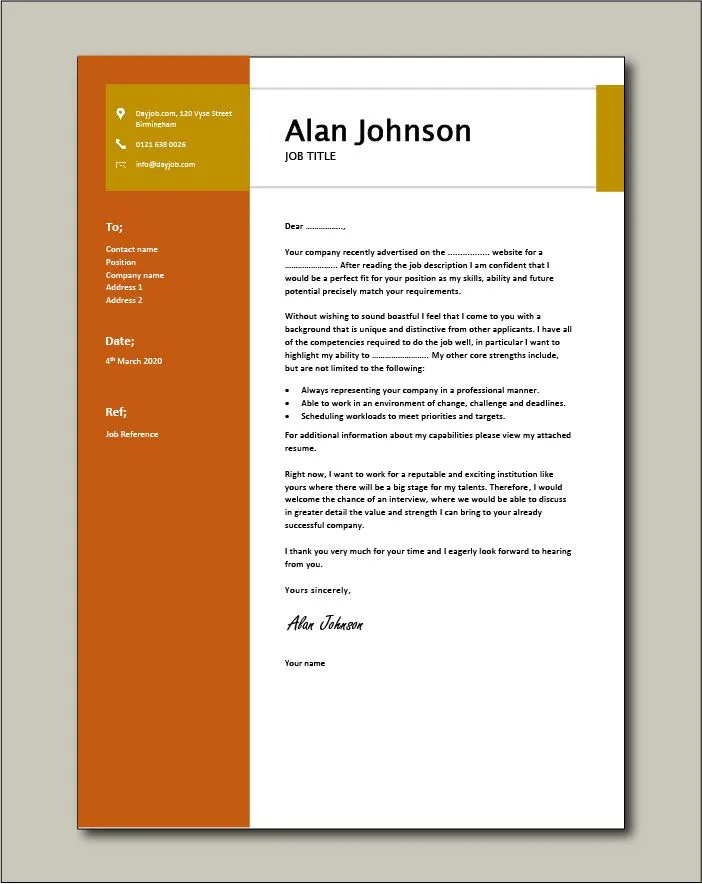
Focus on the skills and experiences that make you an ideal fit for the specific job. Carefully review the job description and identify the key requirements. Then, in your cover letter, provide concrete examples of how your previous roles have equipped you with those skills. Use action verbs to describe your accomplishments and quantify your achievements whenever possible. Tailor your letter to match the specific needs of the position. This will make you stand out from other applicants and show that you are truly interested in the role.
Address the Relocation Concern
Relocation is a significant factor when applying for jobs in another state. The hiring manager will want to know if you’re willing and able to relocate, and if so, how soon. It’s best to address this upfront in your cover letter. You can express your willingness to relocate and mention any plans you have for the move. If you have already begun making arrangements, be sure to include this information. Reassure the employer that you are committed to joining their team if selected. Address the matter directly; avoiding the topic altogether can raise red flags.
How to Write an Effective Cover Letter
Writing a compelling cover letter is both an art and a science. It requires careful attention to detail, clear communication, and a personalized approach. A well-structured cover letter follows a standard format, but it should always be tailored to the specific job and company. Below are some essential elements to include.
Header and Contact Information
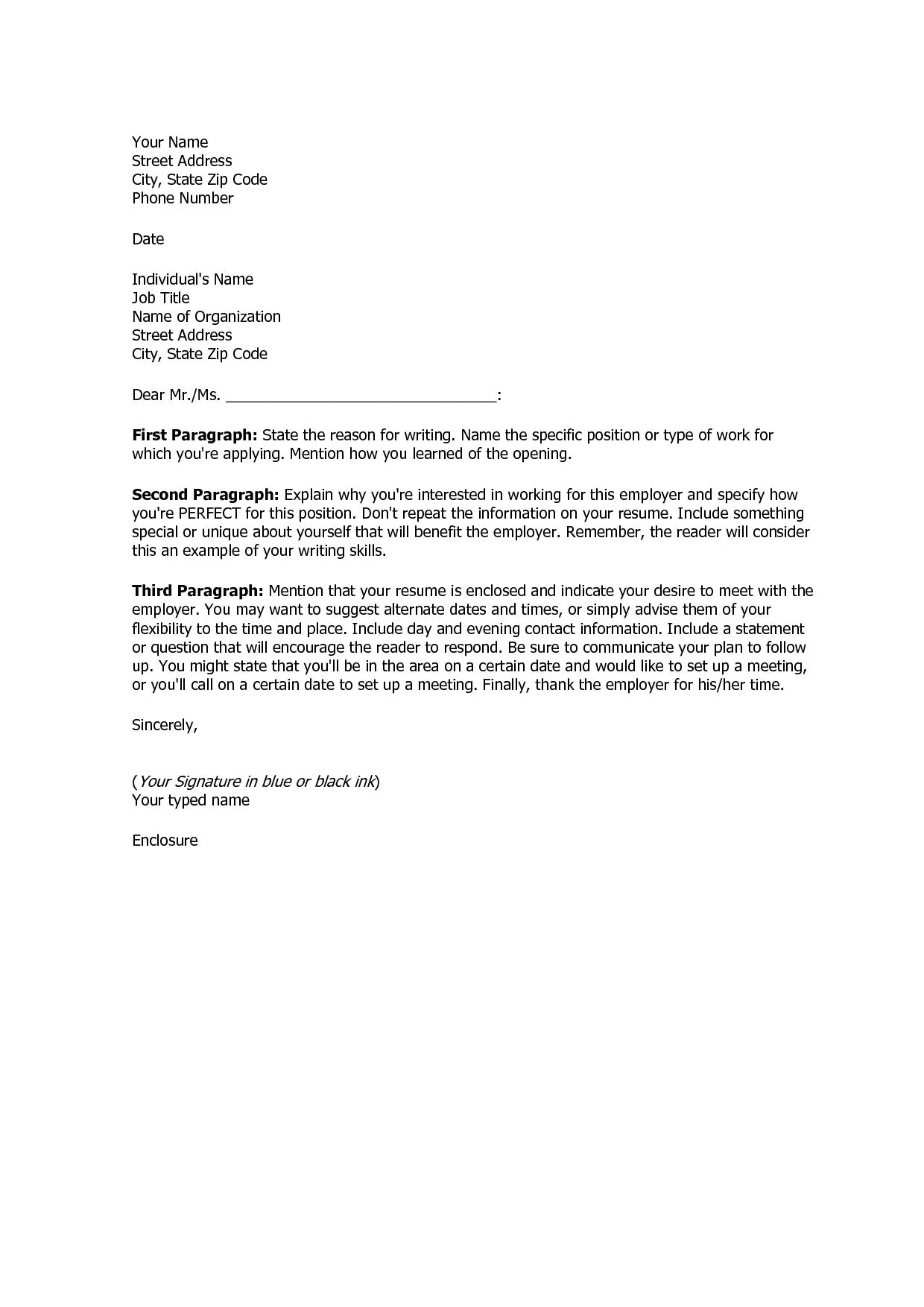
Your header should include your full name, address, phone number, and professional email address. If you have a LinkedIn profile, include the URL. This information should be at the top of the letter, ensuring it’s easy for the hiring manager to contact you.
Opening Paragraph that Grabs Attention
Start with a strong opening that immediately grabs the reader’s attention. State the specific position you are applying for and how you found the job. Then, briefly mention why you are interested in the role and the company. This opening paragraph should be concise and designed to pique the reader’s interest, motivating them to continue reading.
Body Paragraphs Showcasing Skills
Use the body paragraphs to highlight your relevant skills and experiences. Provide specific examples that demonstrate your accomplishments. Connect your skills and experiences to the requirements of the job description. This is where you show the hiring manager why you are a perfect fit for the role. Don’t just list your skills; provide evidence of how you have used them successfully in the past.
Quantifying Achievements
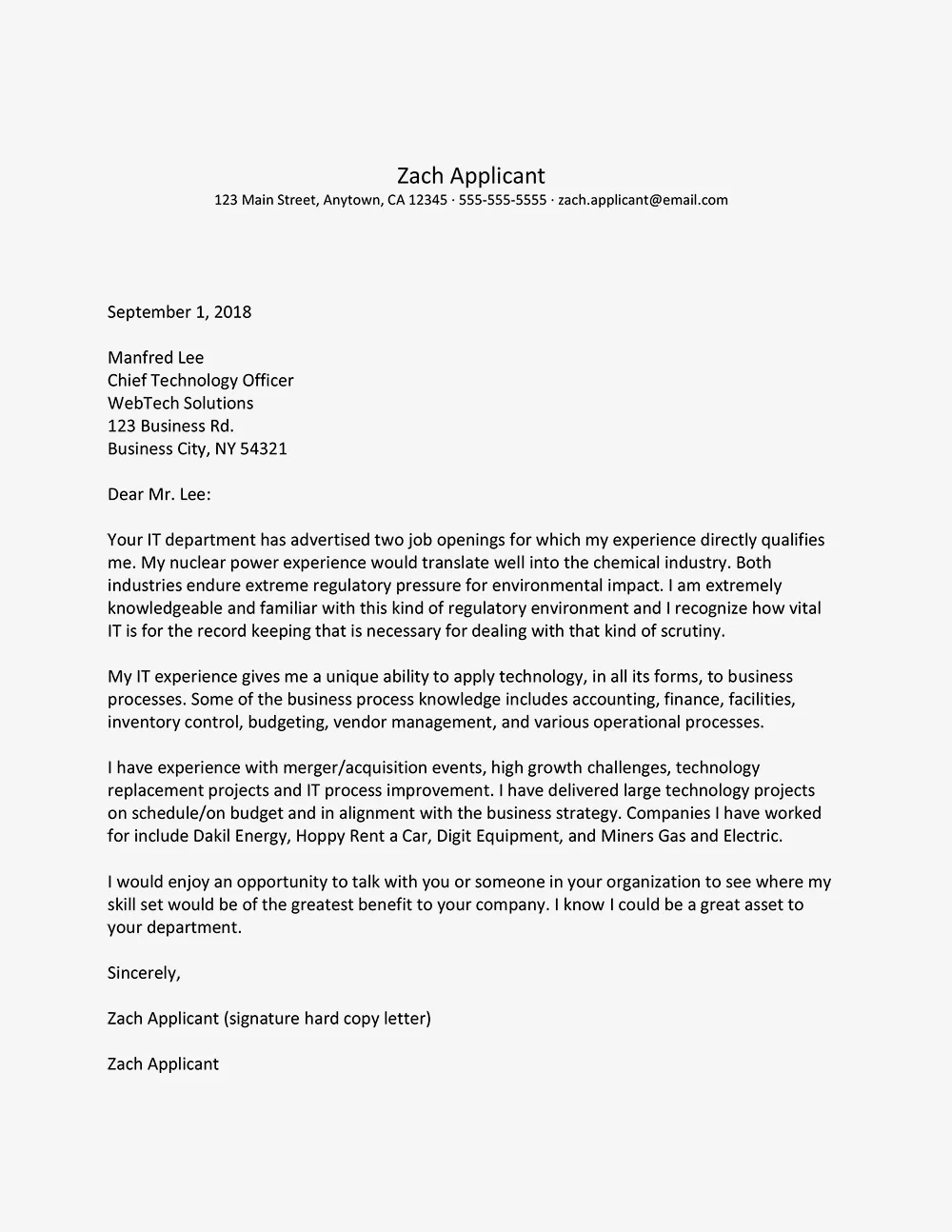
Whenever possible, quantify your achievements to demonstrate the impact of your work. Use numbers and data to support your claims. For instance, instead of saying “Improved customer satisfaction,” say “Improved customer satisfaction by 15%.” Quantifiable achievements provide concrete evidence of your capabilities and make your cover letter more persuasive.
Highlighting Relevant Experiences
Focus on the experiences that are most relevant to the job you’re applying for. Don’t try to include everything from your work history. Instead, select the experiences that best demonstrate your ability to perform the job duties. This targeted approach shows the hiring manager that you understand the role and are prepared to succeed.
Addressing the Out-of-State Factor
Directly address the fact that you are applying from out of state. Reiterate your willingness to relocate and specify your timeline for doing so. If you have already made plans, mention them. This proactive approach alleviates any concerns the hiring manager may have. This is where you can express your excitement about the opportunity and your commitment to the company.
Stating Your Interest and Availability
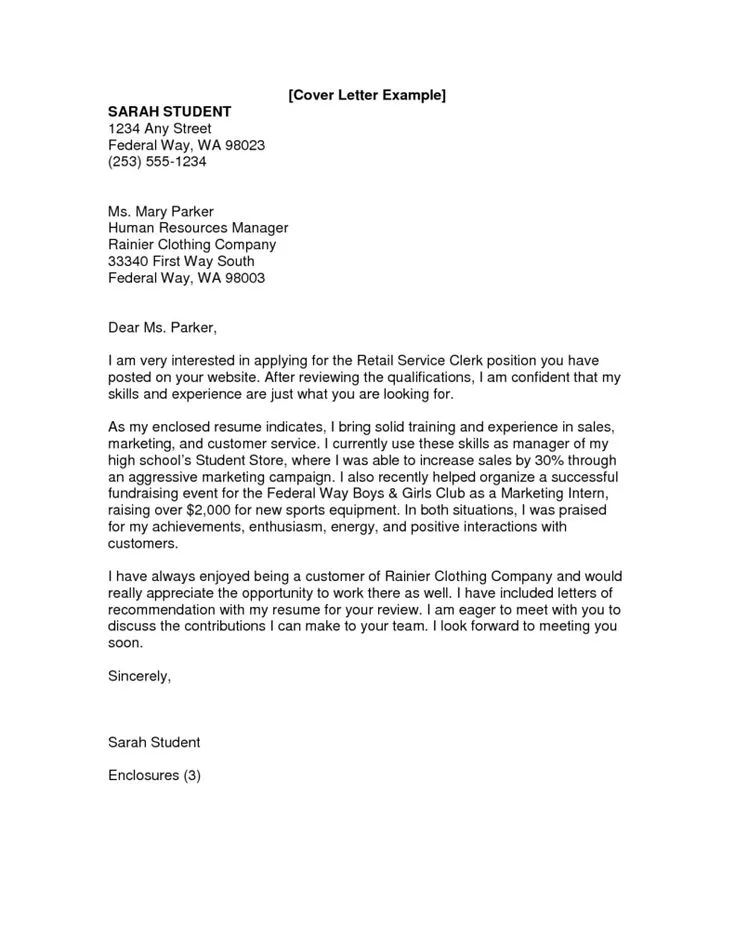
Clearly state your interest in the position and your availability for an interview. Express your enthusiasm for the company and the opportunity. This conveys your genuine interest in the role. Include a call to action, encouraging the hiring manager to contact you to schedule an interview. This demonstrates your proactive attitude and eagerness to move forward in the hiring process.
Closing the Cover Letter
Conclude your cover letter with a professional closing. Thank the hiring manager for their time and consideration. Reiterate your interest in the position. Include a call to action, such as stating that you look forward to hearing from them soon. A strong closing leaves a positive lasting impression and encourages the reader to follow through on your request.
Proofreading and Editing for Perfection
Proofreading is crucial. Errors can undermine your credibility and indicate a lack of attention to detail. Always proofread your cover letter multiple times. Check for grammatical errors, typos, and formatting inconsistencies. Consider having a friend or family member review it for you. Fresh eyes can often catch mistakes that you might miss. A flawless cover letter demonstrates your professionalism and commitment to quality.
Formatting Your Cover Letter for Readability
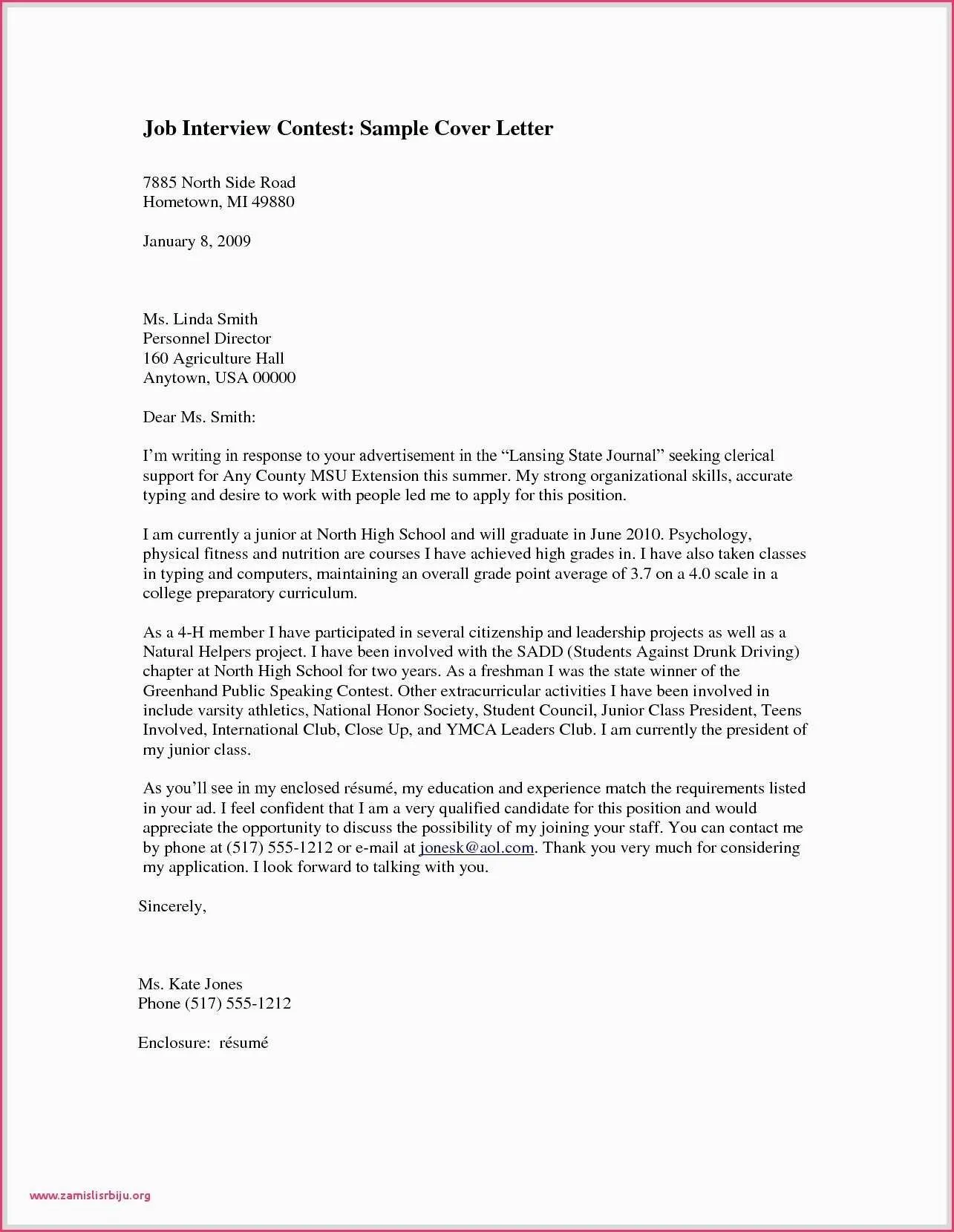
The format of your cover letter should be clean and easy to read. Use a professional font like Times New Roman, Arial, or Calibri. Keep the font size between 10 and 12 points. Use single spacing within paragraphs and double spacing between paragraphs. Use clear headings and bullet points to break up the text. Ensure your cover letter is well-organized and visually appealing. This makes it easier for the hiring manager to read and understand your message.
Tips for Tailoring Your Cover Letter
Tailoring your cover letter to each job application is essential. Generic cover letters are often discarded. Research the company and the specific role. Customize your letter to match the job description and the company’s values. Highlight the skills and experiences that are most relevant to the position. Demonstrate your understanding of the company’s needs and how you can contribute to their success.
Researching the Company and Role
Before writing your cover letter, research the company and the specific role. Visit their website, read their mission statement, and learn about their products or services. Understand the company culture and values. This information will help you tailor your letter to resonate with the hiring manager. Tailor your letter to showcase your understanding of the company and your enthusiasm for the opportunity.
Using Keywords Strategically
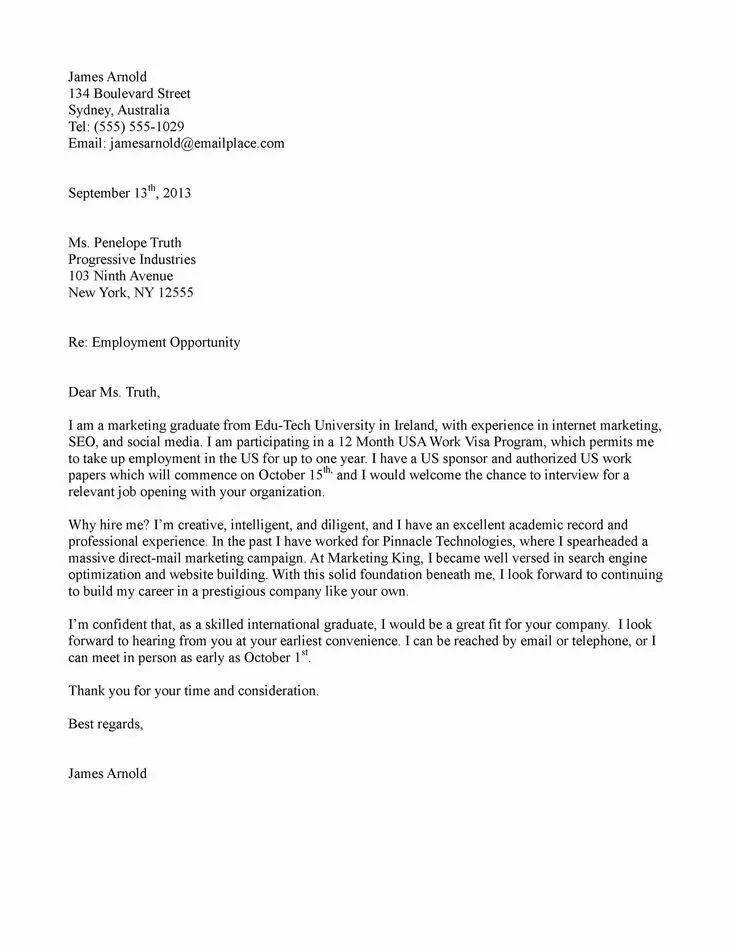
Use keywords from the job description throughout your cover letter. This helps you pass the applicant tracking systems (ATS) that many companies use to screen applications. However, don’t overdo it. Ensure that your use of keywords feels natural. Incorporate relevant keywords to highlight your skills and experiences and make your cover letter more effective in getting noticed.
Showcasing Soft Skills
Include soft skills in your cover letter. Soft skills, such as communication, teamwork, and problem-solving, are highly valued by employers. Provide examples of how you have demonstrated these skills in your previous roles. Soft skills can significantly enhance your application, making you a well-rounded candidate and showing how you work with others.
Common Mistakes to Avoid
Certain mistakes can weaken your cover letter and decrease your chances of getting an interview. By avoiding these pitfalls, you can ensure that your application stands out. Here are some common mistakes to avoid.
Generic Content
Avoid using a generic cover letter. Generic letters lack personalization and fail to demonstrate your interest in the specific role. Each cover letter should be tailored to the job description and the company. Take the time to customize your letter and highlight how your skills and experience align with the specific requirements. This personalization is crucial.
Typos and Grammatical Errors
Typos and grammatical errors can make your cover letter look unprofessional. Always proofread your cover letter carefully. Use a grammar checker and have someone else review it. Attention to detail demonstrates your professionalism and commitment to quality. Double-checking everything is key to a successful application.
Lack of Personalization
Failing to personalize your cover letter is a major mistake. Generic phrases and a lack of specific examples can make your application seem impersonal. Mention the specific role, and the company, and address the hiring manager by name if possible. Show that you have taken the time to research the company and understand the job requirements. Personalization demonstrates your genuine interest in the opportunity.
Overlooking the Call to Action
Omitting a call to action can be a missed opportunity. The goal of your cover letter is to get an interview. In the closing, state your interest in the role. Include a clear call to action, such as stating that you look forward to hearing from them. Ensure the reader knows you want the job and are ready to move forward. Make it easy for the hiring manager to contact you.
Examples of Strong Cover Letters
Reviewing examples of strong cover letters can provide valuable insights. Analyze these examples to understand what makes them effective and how to apply those techniques to your own writing. Consider how they address the role, highlight skills, and showcase the candidate’s enthusiasm. Using successful examples as models can significantly improve your cover letter.
Example 1 [Specific Role]
Reviewing specific examples will demonstrate how to frame your cover letter. Adapt the example to your own circumstances, role, and background. Modify it to fit the job description.
Example 2 [Skills-Based]
In this second example, you will see another approach to a cover letter, that is focused on showcasing particular skills to fit the job’s needs. Focus on the keywords from the job offer and create a narrative that highlights your ability to perform the role with those skills.
Key Takeaways for Cover Letter Success
Writing a successful cover letter requires careful planning and execution. By following these steps and tips, you can create a compelling cover letter that stands out. Tailor your letter, address the out-of-state factor, and showcase your skills and enthusiasm for the role. A well-crafted cover letter greatly increases your chances of landing an interview and securing your dream job in another state. Make sure to proofread thoroughly.
